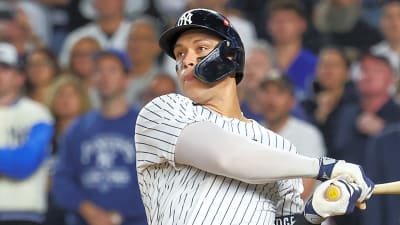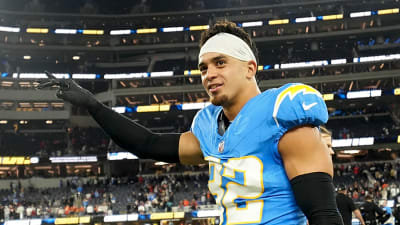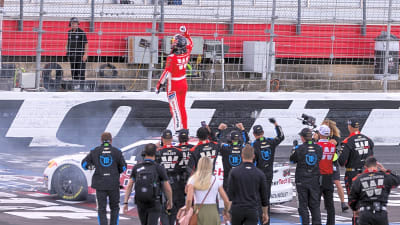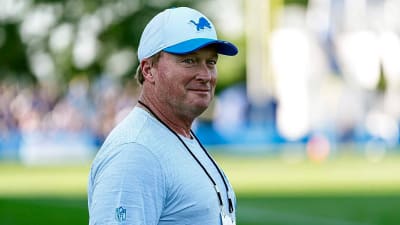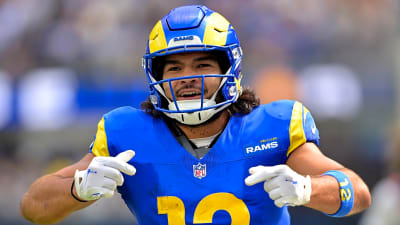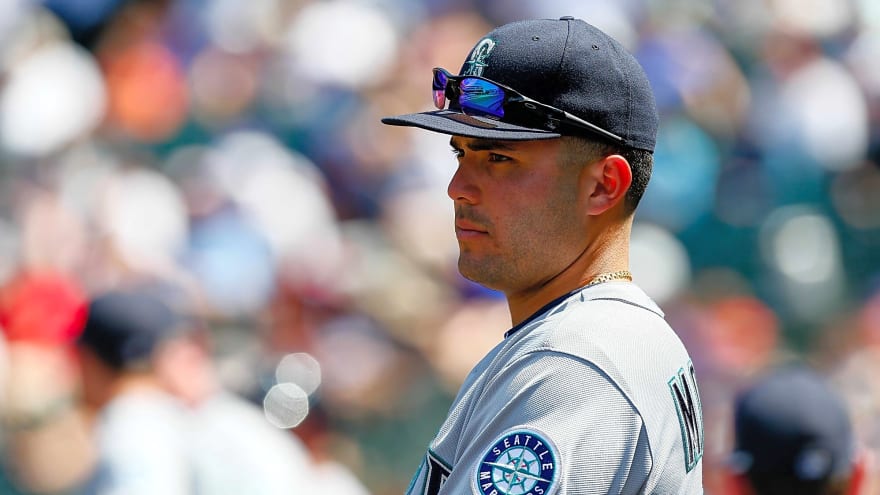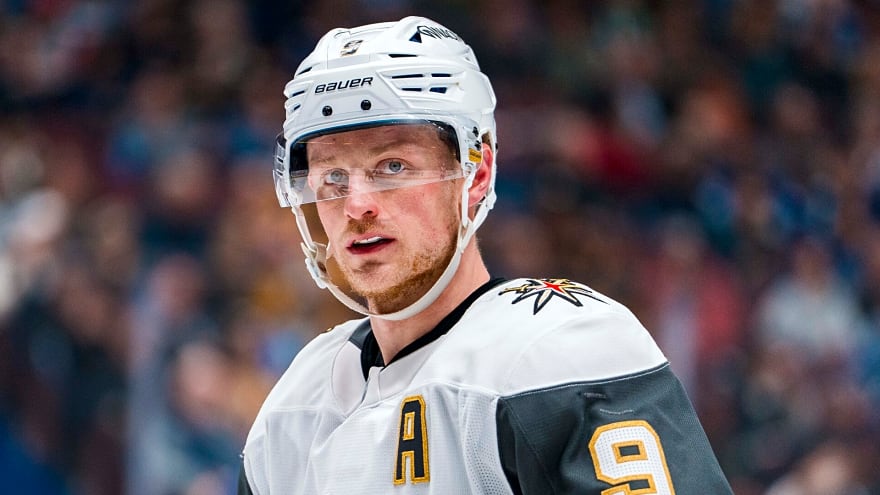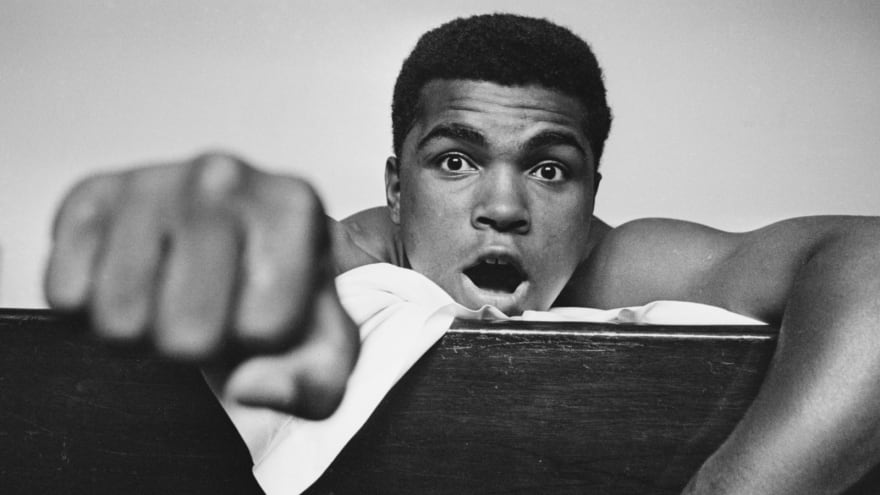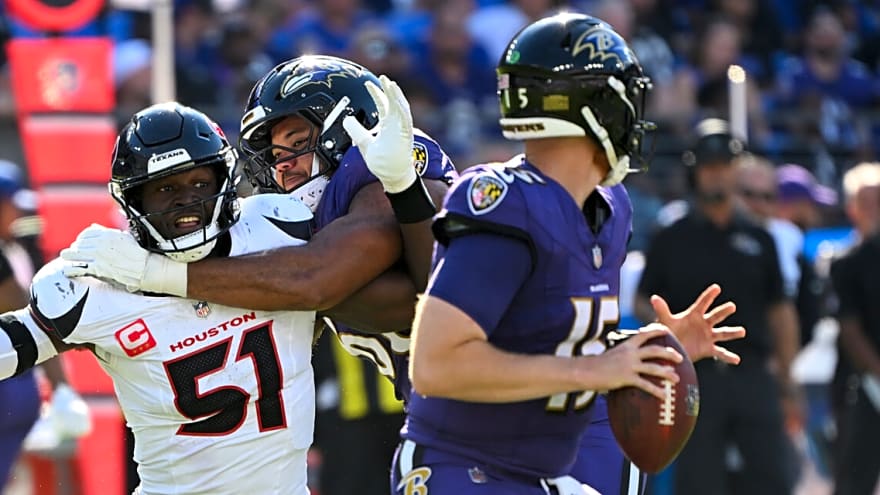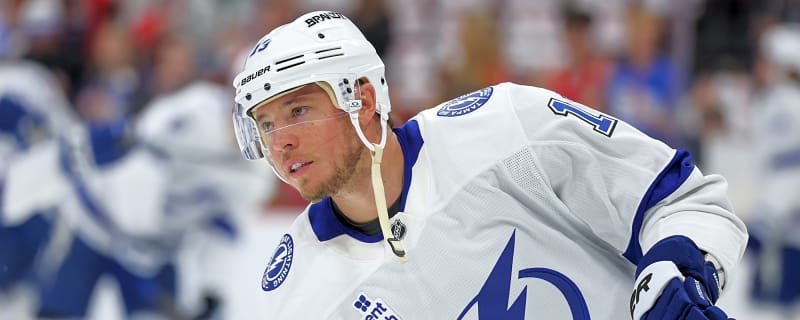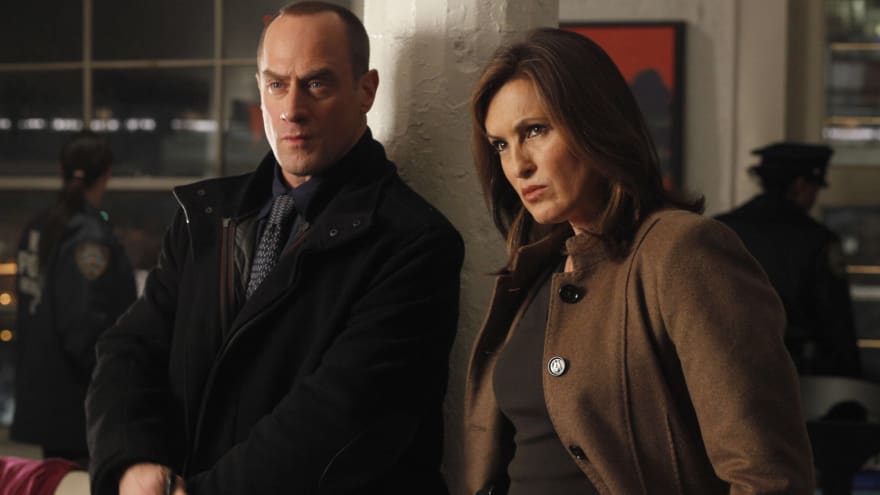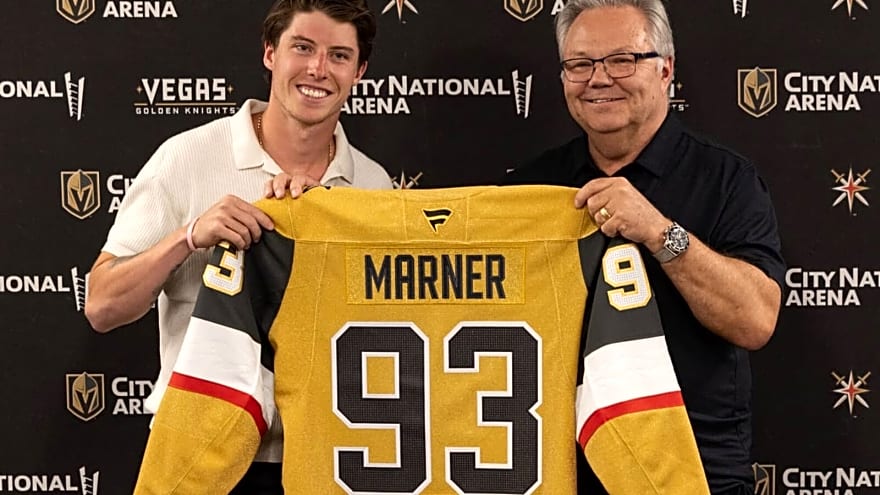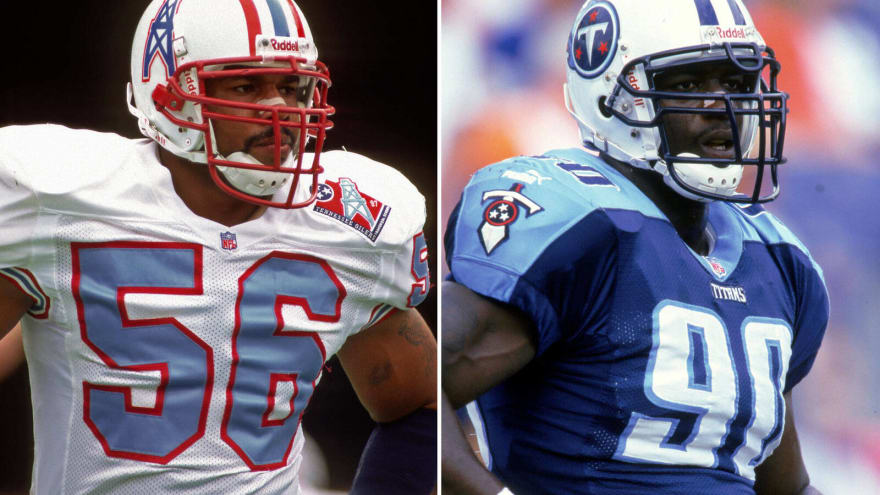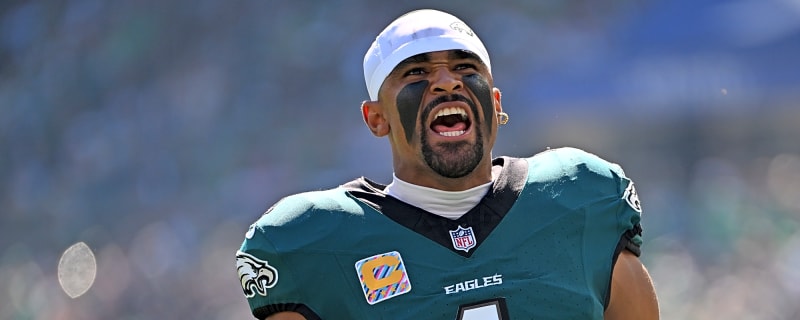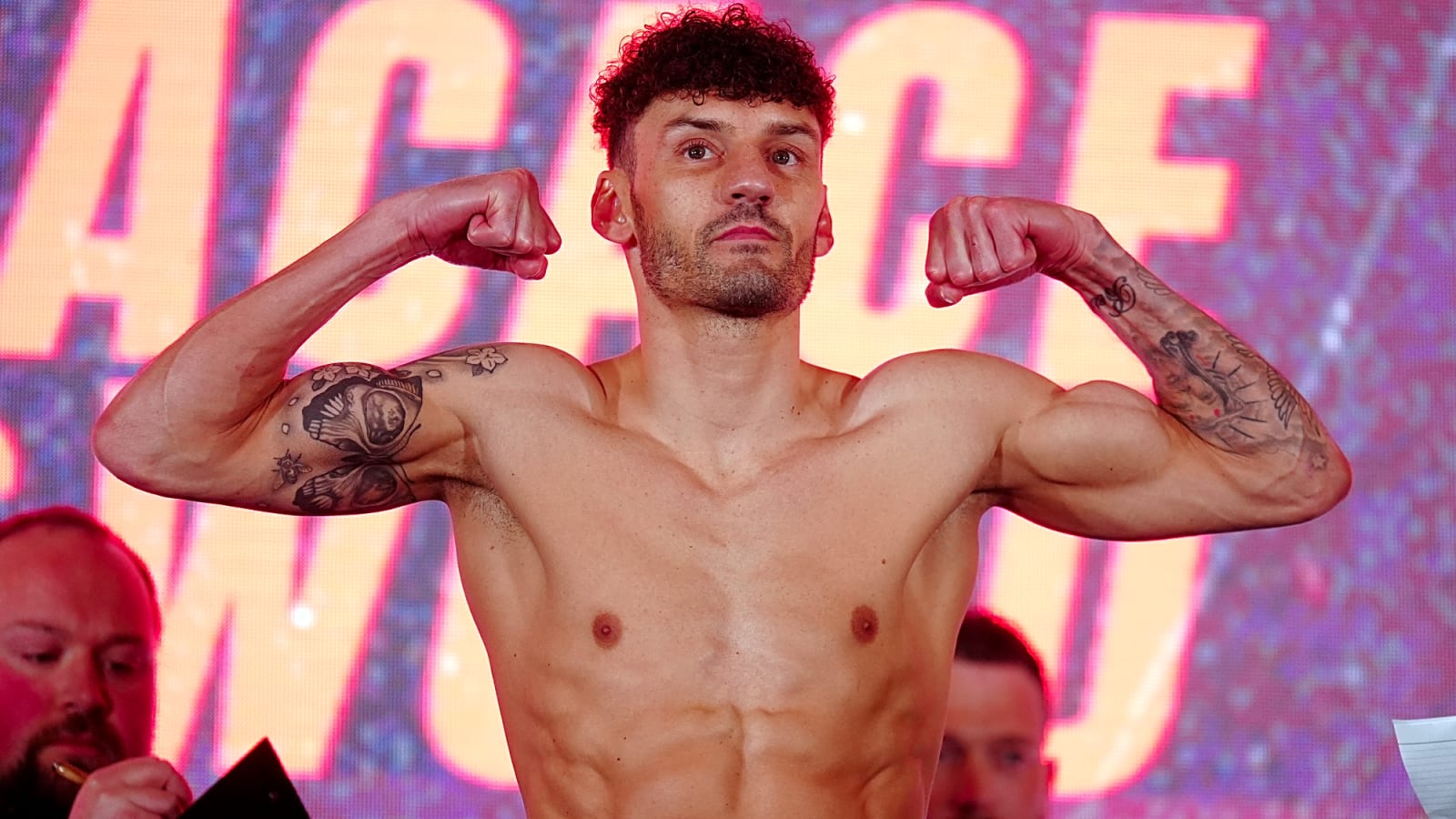
Anthony Cacace and Leigh Wood made the junior lightweight limit for their May 10 fight.
Cacace puts his IBO Super Featherweight Belt on the line. He enters the fight with a comprehensive victory over former featherweight champion Josh Warrington. After that win, Cacace vacated his IBF Junior Lightweight Belt as he targeted the biggest bouts out there. Wood is a big name, having recently signed to Queensbury following his departure from Matchroom Boxing. Wood also enters the fight with a win against Warrington, as he became the WBA Featherweight Champion. He vacated the belt to move up to junior lightweight. The two boxers weighed 129.8 pounds.
“It’s time to go. This was the final stretch. Now to refuel. Let’s fight. I’m just raring to go. Power’s one thing to do with this game. What’s he going to do, keep throwing bombs? He needs to be able to box and get out of different situations. I’ve got the power, too. We’re going to have to see on the night,” Cacace
“Bring the noise, I’ll bring the rest. I won’t disappoint, I promise. I always perform best when I’m the underdog,” Wood
Full Results
Junior Lightweight – 12 Rounds
Anthony Cacace: 129.8 lbs
Leigh Wood: 129.8 lbs
Featherweight – 12 Rounds
Liam Davies: 125.2 lbs
Kurt Walker: 125.4 lbs
Light Heavyweight – 10 Rounds
Ezra Taylor: 173.8 lbs
Troy Jones: 173.8 lbs
Welterweight – 10 Rounds
Owen Cooper: 145.7 lbs
Chris Kongo: 146.7 lbs
Junior Welterweight – 8 Rounds
Sam Noakes: 141.7 lbs
Patrik Balaz: 141 lbs
Heavyweight – 6 Rounds
Lewis Williams: 226 lbs
Viktar Chvarkou: 218.6 lbs
Junior Welterweight – 6 Rounds
Huey Malone: 139.5 lbs
Jakub Laskowski: 141.1 lbs
Featherweight – 6 Rounds
Charlie Senior: 128.5 lbs
Cesar Ignacio Paredes: 129.9 lbs
Featherweight – 6 Rounds
Nico Leivars: 124.6 lbs
Darwing Martinez: 128 lbs
Middleweight – 4 Rounds
Joe Cooper: 163.4 lbs
Dmitri Protkunas: 162.8 lbs
Lightweight – 4 Rounds
Joe Tyres: 134.2 lbs
Mario Valenzuela Portillo: 136.2 lbs
Junior Middleweight – 4 Rounds
Harris Akbar: 156.7 lbs
Octavian Gratii: 156.6 lbs
More must-reads:
- Red Wings under pressure to end historic playoff drought
- Eagles receive good and bad injury news ahead of matchup with Giants
- The 'Most NFL QB two-rushing-TD games' quiz
Breaking News
Trending News
Customize Your Newsletter
 +
+
Get the latest news and rumors, customized to your favorite sports and teams. Emailed daily. Always free!
TODAY'S BEST

Packers could see breakout star emerge on defense in weeks ahead
The Green Bay Packers’ secondary got lit up by Dak Prescott in a 40-40 tie against the Dallas Cowboys before heading off to the bye week, but help could be on the way. Through the season’s first five weeks, the Packers rank 11th against the pass, but they allowed 319 passing yards and three touchdowns to Prescott in their final game before the bye week. Help, though, could be on the way. Could Nate Hobbs elevate Packers’ secondary? With a showdown against the likes of wide receivers Ja’Marr Chase and Tee Higgins on Sunday afternoon, a breakout star could be about to emerge. Mike Spofford of the Packers’ official website suggests that cornerback Nate Hobbs getting healthier could be a major asset for coordinator Jeff Hafley and Green Bay’s defense moving forward. “Nate Hobbs,” Spofford writes, when asked the player he’s most looking forward to see the rest of the season. “He’s getting further removed from his knee procedure during training camp, and he’s also back on the practice field after leaving the Dallas game to be evaluated for a concussion. I don’t think we’ve seen the best of Hobbs yet in this defense.” Hobbs has appeared in three games for the Packers this season, posting 10 total tackles, one pass breakup and one tackle for loss. Given that the 26-year-old had the added time during the bye week to get further away from the injury he suffered during the summer, he could be a player whose best football this season is still in front of him. That would be huge for a defense looking for consistent playmakers to step up.

Why HC Andy Reid is to blame for Chiefs' collapse vs. Jaguars
The Kansas City Chiefs seemed to be in total control on "Monday Night Football." They jumped to an early 14-0 lead over the Jacksonville Jaguars and were dominating on both sides of the ball before it all went downhill. Chiefs quarterback Patrick Mahomes was 29-of-41 with a touchdown and an interception, while Jaguars signal-caller Trevor Lawrence was 18-of-25, also with a TD and an interception. Despite similar stat lines, it was Lawrence who rallied his squad to a 31-28 win. The difference? The Chiefs drew a whopping 13 penalties, making it incredibly difficult for them to pull out a win as they constantly went backwards and gave up yards. That said, Kansas City head coach Andy Reid didn't seem to agree with some of the calls: "We had 13 penalties, to their 4," Reid said, per Harold R. Kuntz. "Whether I agree with them or don't agree w/ them, it doesn't matter. They called them. So, you have that many penalties, you give up field position, you can out stat them to death, but that doesn't matter. It's the score that matters." Andy Reid must be held accountable Reid is entitled to his opinion, but Monday night's game wasn't an outlier. The Chiefs have become one of the most undisciplined teams in the league, and that ultimately falls on the coach. Reid has also stuck with Jawaan Taylor at right tackle, even though he's leading the league in penalties for yet another season. As pointed out by Josh Dubow of Associated Press, the Chiefs are currently tied sixth for the most enforced penalties per game (8.4), fifth in enforced penalty yards per game (70), tied for the second-worst penalty differential (-13) and the third-worst team in penalty yard differential (-90). It's too early to sound the alarms, but undisciplined teams rarely go the distance. Reid is one of the greatest NFL head coaches of all time, but he needs to be held accountable and, more importantly, get to work to fix these issues.

Yankees Nation Turns On Aaron Boone As Anthony Volpe Gamble Sparks Fear After Paul Goldschmidt Call

Raiders Made Three Moves Including Signing LB Jamin Davis
The Las Vegas Raiders announced they have signed LB Jon Rhattigan from the Steelers practice squad and also added LB Jamin Davis to the practice squad. The Raiders cut QB Jeff Driskel to make room on the practice squad. Davis, 26, is a former first-round pick of the Commanders back in 2021 out of Kentucky. He was in the final year of his four-year rookie contract after having the team decline his fifth-year option when Washington elected to waive him in October 2024. Davis then caught on with the Packers’ practice squad a few weeks later. The Vikings signed him to their active roster before waiving him in December when he was claimed by the Jets. The Jets cut Davis loose coming out of the preseason this year. In 2024, Davis appeared in nine games for the Commanders and Vikings, recording 18 total tackles and a sack.

MLB playoff takeaways: Yankees stay alive; Mariners inch closer to ALCS
The 2025 MLB playoffs continued on Tuesday with both American League Division Series matchups in action. The Seattle Mariners dominated the Detroit Tigers with an 8–4 victory, taking a 2–1 lead in the series. The New York Yankees stayed alive against the Toronto Blue Jays, rallying from a five-run deficit to win 9–6 and trim the series gap to 2–1. Here are key takeaways from Tuesday's games: Mariners jump out early and never look back The Mariners wasted no time taking control in Game 3, plating four runs in the first two innings, immediately putting the Tigers on their heels. J.P. Crawford opened the scoring with a third-inning single that brought home Victor Robles, aided by a throwing error from Riley Greene. Detroit never recovered from the early miscue, as Seattle set the tone for a commanding offensive performance — posting its highest run total in a road game since Sept. 17. The long ball was present in the win for the Mariners, with Seattle launching three home runs. Eugenio Suárez struck the first homer with a solo shot in the fourth inning, and Cal Raleigh capped Seattle's scoring with a ninth-inning blast that landed in the hands of a Mariners fan. On the mound, Logan Gilbert was sharp, tossing six strong innings while allowing just one run and striking out seven. With the win, Seattle takes a 2–1 lead in the series and moves within one victory of its first AL Championship Series appearance since 2001. Aaron Judge earns his moment in historic comeback win Facing elimination at home, the Yankees roared back from a five-run deficit — the largest comeback in franchise history in a postseason elimination game, per Fox Sports — to stun the Toronto Blue Jays, 9–6. Trailing 6–1 after the top of the third inning, the Yankees ignited a rally with two runs in the bottom half to narrow the deficit to three. In the fourth, Judge delivered his long-awaited postseason moment, blasting a three-run home run off the left foul pole to tie the game at 6–6. New York tacked on three more runs across the fifth and sixth innings to grab a 9–6 lead, sealing the comeback. David Bednar slammed the door with a five-out save, ending Toronto’s attempt at a late push. With the win, the Yankees narrow the series gap to 2–1 and head into Wednesday’s Game 4 with a chance to send the series back to Toronto for a winner-take-all Game 5.

